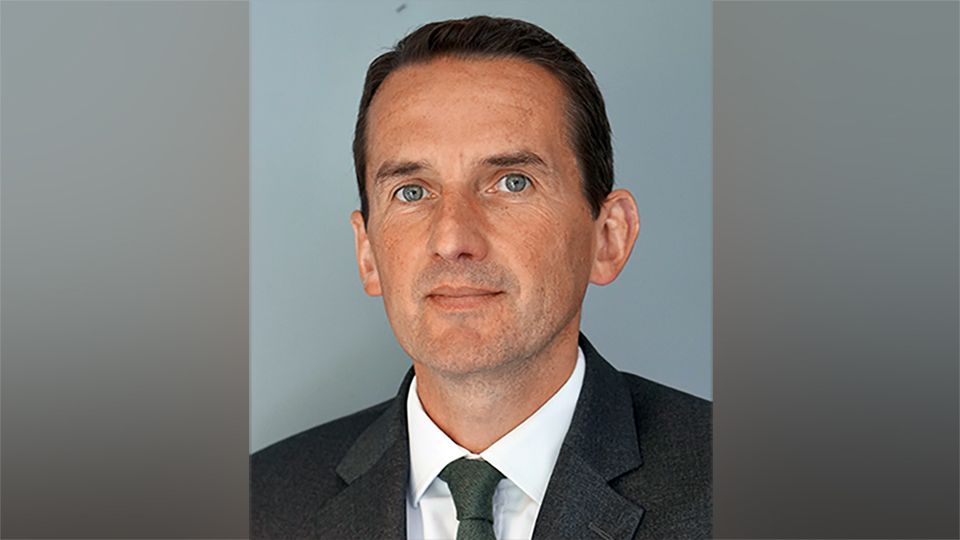The implementation of the first phase of Sustainable Finance Disclosure Regulations (SFDR) this week has largely been welcomed as a “landmark” moment for responsible investors giving them further clarity and guidance on a product’s green credentials. However, many have noted the “vague” detail in the legislation and that this is just the starting point for financial services with much work ahead.
From 10 March, Level 1 SFDR requires asset managers to publish both pre-contractual statements (e.g. in a fund’s prospectus) and disclosure statements on their websites about which of their products fall into three distinct categories. These are:
- Article 9 funds: those funds that specifically have sustainable goals as their objective (for example investing in companies whose goal it is to reduce carbon emissions).
- Article 8 funds: those funds that promote E or S characteristics but do not have them as the overarching objective.
- Article 6 funds: funds that are not promoted as having ESG factors or objectives.
A Morningstar report EU Sustainability Disclosures said the SFDR is a “landmark for investors” as it raises the bar for funds looking to describe themselves as green and “strikes a balance between preventing greenwashing and making it unduly onerous to be an ESG product”. It also pointed out that while some products will scale back on ESG references in their names and objectives, many will double down giving investors clearer choice when evaluating investments.
Andy Pettit, director of EMEA policy research at Morningstar, commented: “The disclosure requirements will make a meaningful difference to the quality and consistency of information available to investors. The additional measures will add substance to both the stated ambitions of firms and their products and the degree to which those ambitions are achieved over time. The moves to make the information more fact-based, quantitative and standardised across products will make information more comparable and consumable to investors.”
Founder and CEO of ThomasLloyd, T.U. Michael Sieg, also said any initiative or criteria that helps market participants define, measure and report on the sustainability attributes of their economic activities, is to be “truly welcomed”.
“We believe this will make it easier and more transparent for end-investors to understand how ESG and sustainability are aligned with their investments.”
Meanwhile, a Moody’s sector comment report on asset management in Europe said the new sustainability disclosure rules will benefit fund firms.
“Requiring asset managers to disclose how they account for ESG risks will contribute to establishing industry-wide standards for sustainable investment,” the note said. “The disclosures align with investor demand for ESG-compliant products, which has increased because of the coronavirus pandemic and should boost net inflows.”
It added it expects it will not be long before global asset managers that distribute investment products in Europe consider adopting the criteria across their entire product ranges; like the Markets in Financial Instruments Directive (MiFID), Moody’s said in SFDR the EU has created a benchmark for other regions.
‘Vague and imprecise’
However, Moody’s did note some issues with the new SFDR rules regarding clarity and availability of data.
“The disclosure rules are relatively onerous, and collecting, calculating and processing sustainability-related data so that new reporting obligations are correctly fulfilled will be a challenge,” the report said. “Most of the data is not financial or market information, such as pricing data, but relates to less immediately measurable metrics such greenhouse gas emissions and human rights.”
David Czupryna, head of ESG development at Candriam, was more critical saying that while SFDR will be remembered as a “stepping stone in making finance sustainable” it is likely to end up as the source of more confusion.
“SFDR is vague, imprecise, open for interpretation, and probably knowingly so.” However, this may be a deterrent for the greenwashers, he said.
“Let’s face it, through disclosures SFDR aims to define a minimum standard for sustainable products. By setting the bar sufficiently high in terms of mandatory disclosures and indicators, SFDR aims to dissuade would-be half-hearted ESG asset managers for emphasizing sustainability amongst their credentials.”
There were also concerns that there may have been oversights by asset managers racing to prepare and meet the 10 March deadline. Hari Bhambra, global head of compliance solutions at Apex Group, explained: “We remain concerned that managers have been so focused on rushing to meet the deadline they have been short-sighted and have not put in place sustainable processes and systems with the capability to respond to future evolution or expansion of mandatory ESG disclosures.
“The requirements on those in scope are going to increase as ESG legislation develops – to prevent being unprepared as reporting requirements evolve, they should put in place systems as soon as possible, which collect data currently seen as optional, as well as the information needed to monitor and track ESG performance over time.”
Molly Scott Cato, former Green MEP and Professor of Economics and Finance at the University of Roehampton, agreed SFDR will have a “big impact” and is a “very important step forwards” in terms of transparency in ESG products and documentation but said the regulation “must go further”.
“While negotiating the SFDR as shadow rapporteur for the Greens-EFA Group in 2018, I was deeply disappointed that the EU Council allowed a ‘comply or explain’ exemption. This avoids full transparency, since smaller firms can refuse to disclose so long as they give a reason why.”
She added although “not perfect” hopefully SFDR will shed further light on where portfolios are investing in companies that potentially damaging the planet and people’s lives. For example, she pointed to HSBC and BNP Paribas continue to finance the mining company involved in the Fundão dam disaster in Mariana, Brazil, – Samarco Mineração SA – yet many savers who have pensions or investments with these banks did not know their money was being used to invest in companies whose weak safety standards resulted in the loss of many lives and the devastation of precious environments.
“However, even in the current form, we cannot deny the regulation’s merits and the fact that it is a clear signal of a shift towards a more transparent and open financial industry.”
What’s next?
Although asset managers must comply with the SFDR’s high-level and principle-based requirements as of 10 March (Level 1), technical standards providing detailed requirements on the content and presentation of information are likely to take effect on 1 January 2022 (Level 2), an area asset manager should start to prepare themselves for.
Charles Sincock, ESG lead at Capco, said: “While asset managers may feel broadly comfortable with the initial level one SFDR disclosure requirements coming into force from 10 March, they will now need to reflect on some more onerous challenges that lie ahead around ‘level two’ requirements, notably around data.”
He added although these have been “watered down significantly” there are still issues that will be “extremely challenging” and require time and effort.
“The regulation initially specified reporting on 34 principal adverse impacts (PAI), but this was reduced to 18 mandatory PAIs and a number of voluntary ones. However, most managers will need to report on more than the core PAIs, considered from a materiality perspective, if they are to provide a full and rounded disclosure, and create a holistic picture of their ESG profile.”
Furthermore, Sincock said, if portfolio investments sit in SFDR Article 8 or 9 categories, claiming ‘social’ or ‘environmental’ credentials, then data will be needed to support these assertions.
“Managers need to understand what ESG assets are in their portfolio and access data to report on key indicators. Some of this data can be purchased from traditional providers, but much of it doesn’t exist or is certainly not readily accessible in a structured data set. Not only is the data not collected by a provider, it is often not always collected by the underlying company either, effectively making the task of meeting some level two SFDR requirements even more challenging.”
He added it may require firms to adopt more “operational resource and financial firepower” to meet those challenges, something that may be out of the scope for smaller firms.
Nonetheless, the first layer of SFDR implementation signifies, according to Apex’s Bhambra, just the start of ESG regulation and it is highly likely more will follow.
“The SFDR is only the beginning of ESG regulation for global financial services, a sector which transcends jurisdictional boundaries, and we anticipate the imminent introduction of regulations in various markets which implement equivalency to the SFDR,” she said.
“Non-EU managers should see the current time as an opportunity to get ahead of the game and to ensure they can collect and analyse relevant ESG data, before the inevitable introduction of new regulation in their domestic markets.”








